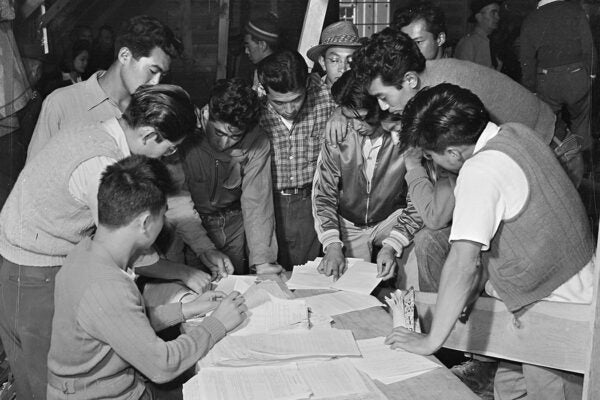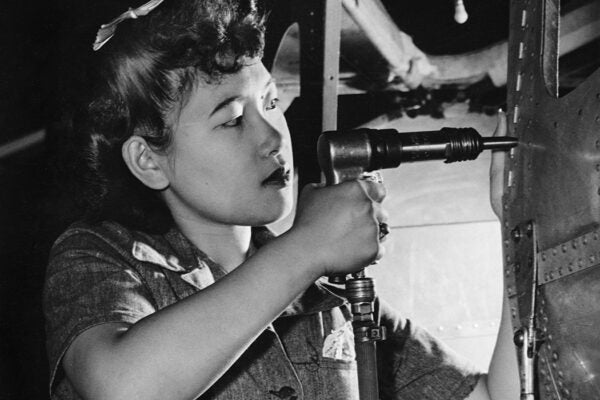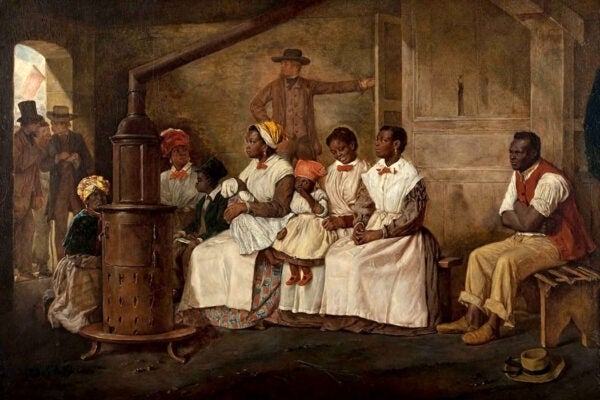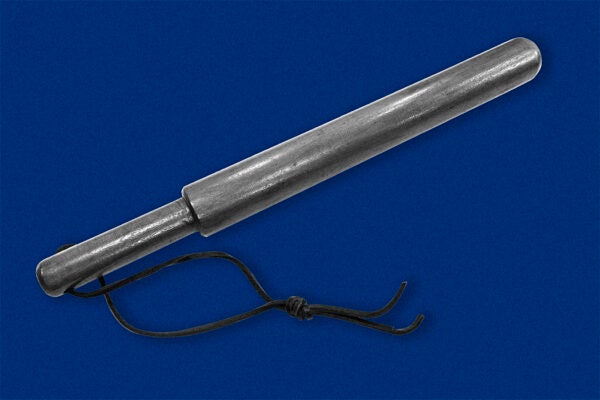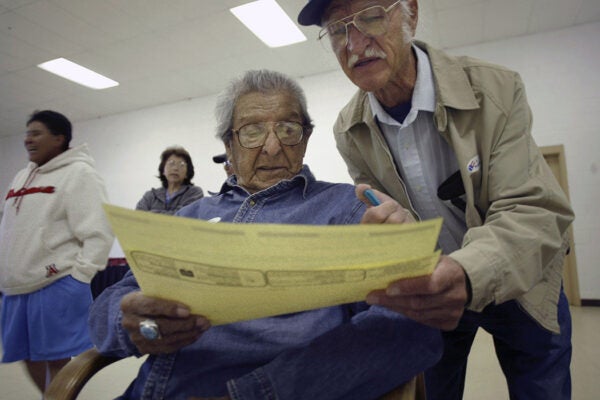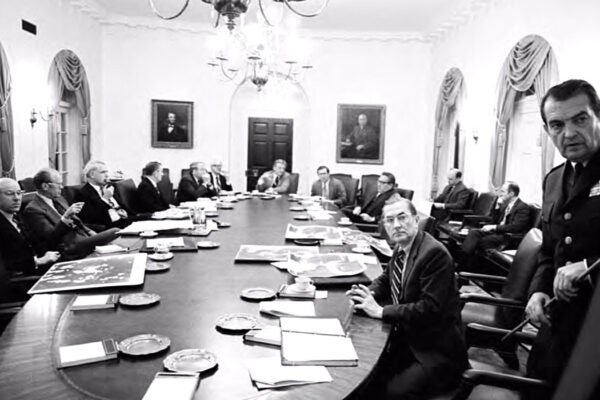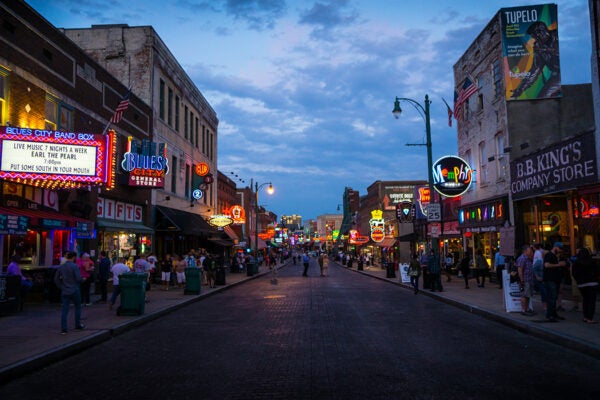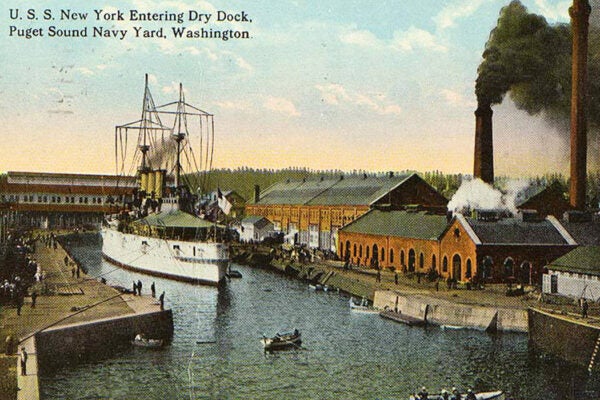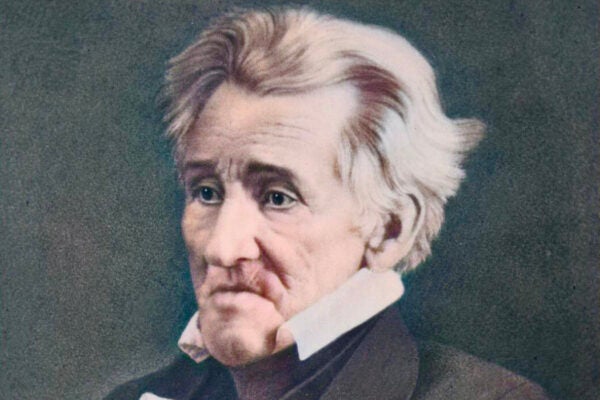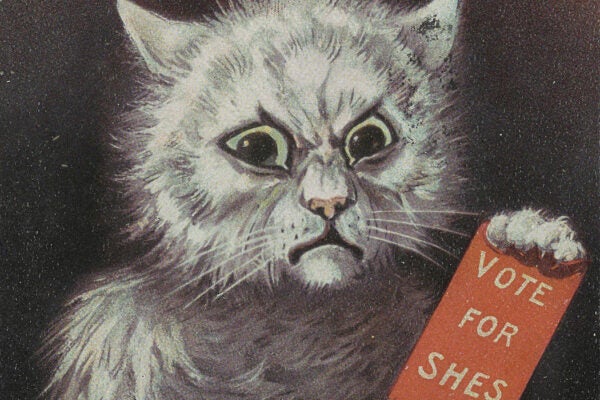Draft Resistance in Japanese American Internment Camps
Arguing that they had been stripped of their citizenship and rights, hundreds of Nisei risked extending their imprisonment by resisting the draft.
Could “Rosie the Riveter” Be Chinese American?
Despite having their citizenship withheld before the war, Chinese American women in the Bay Area made significant contributions to the wartime labor force.
Chains of Credit: The Entrepreneurial Advantage of Slavery
As the financial history of Maryland shows, slavery represented extraordinarily liquid wealth and outsized political power.
The Rise of Police Torture in New Orleans
Even as crime rates dropped in the 1930s, the police of New Orleans stepped up their use of torture to obtain confessions from Black Americans accused of crimes.
The Fight for Native American Voting Rights
Despite the passage of the Indian Citizenship Act in 1924, Native American activists have had to repeatedly take their fight for voting rights to Congress.
The Mayaguez Incident: The Last Chapter of the Vietnam War
Reeling from defeat in Vietnam, the US invaded a Cambodian island to rescue a US freighter—just before its crew members, who were elsewhere, were released.
Memphis: The Roots of Rock in the Land of the Mississippians
Rising on the lands of an ancient agricultural system, Memphis has a long history of negotiating social conflict and change while singing the blues.
Postcolonial Pacific: The Story of Philippine Seattle
The growth of Seattle in the nineteenth and twentieth centuries is inseparable from the arrival of laborers from the US-colonized Philippines.
Andrew Jackson’s Speech on the Indian Removal Act: Annotated
In December 1830, two months after the passage of the Indian Removal Act, President Andrew Jackson used his annual Congressional message to celebrate the policy.
A Purrrrfect Political Storm
Crazy cat ladies have come to dominate this election season. It’s hardly the first time.
